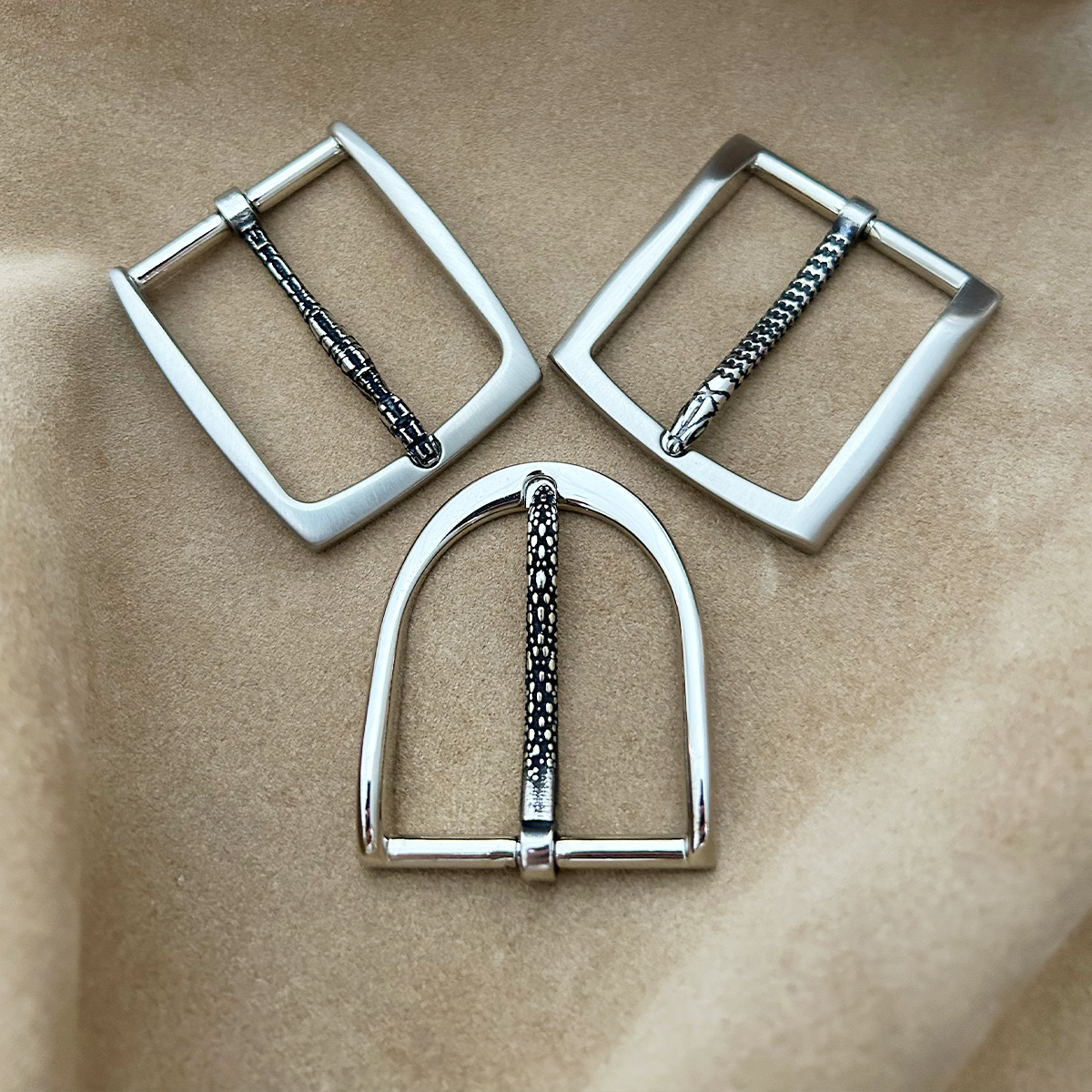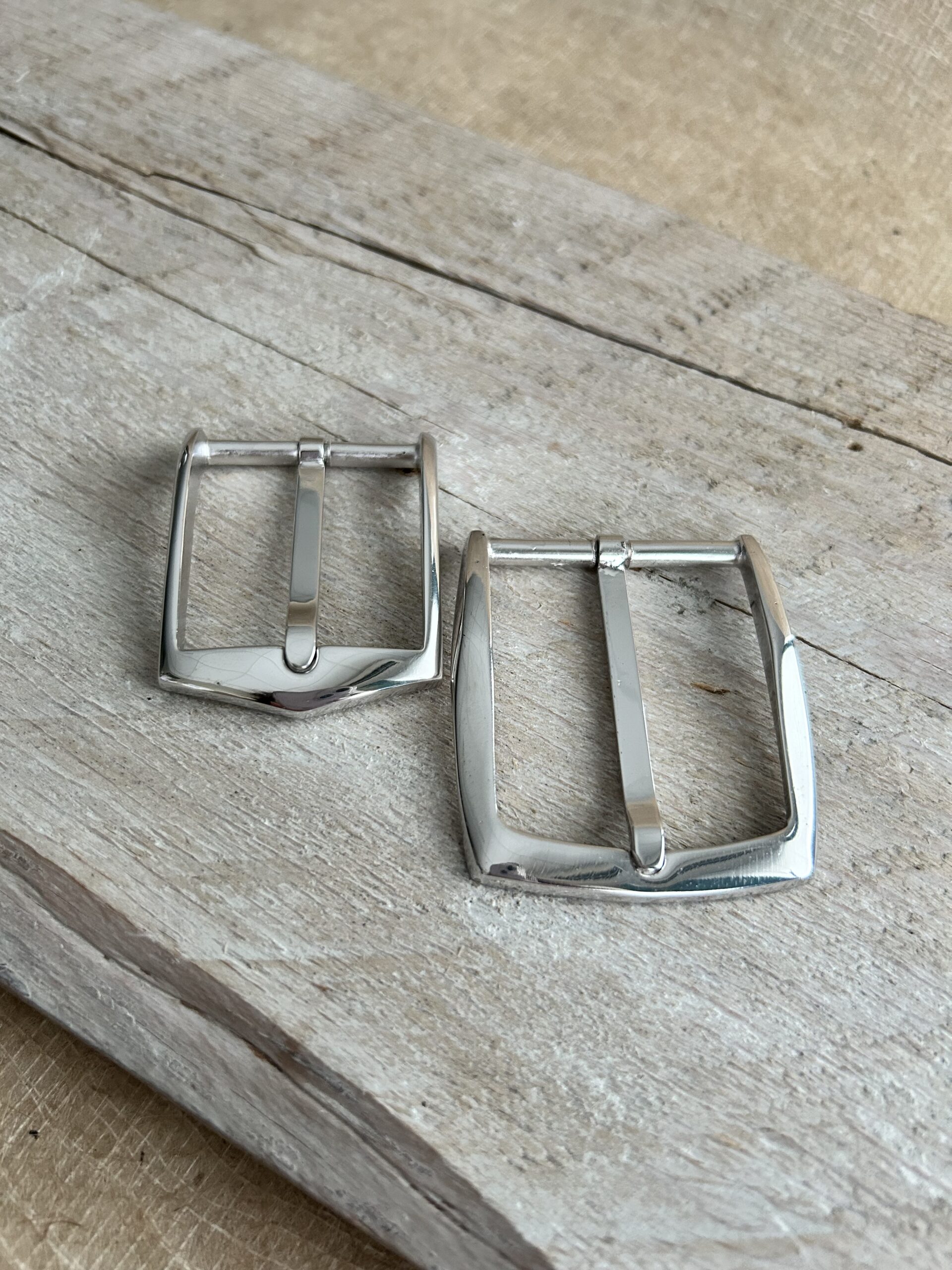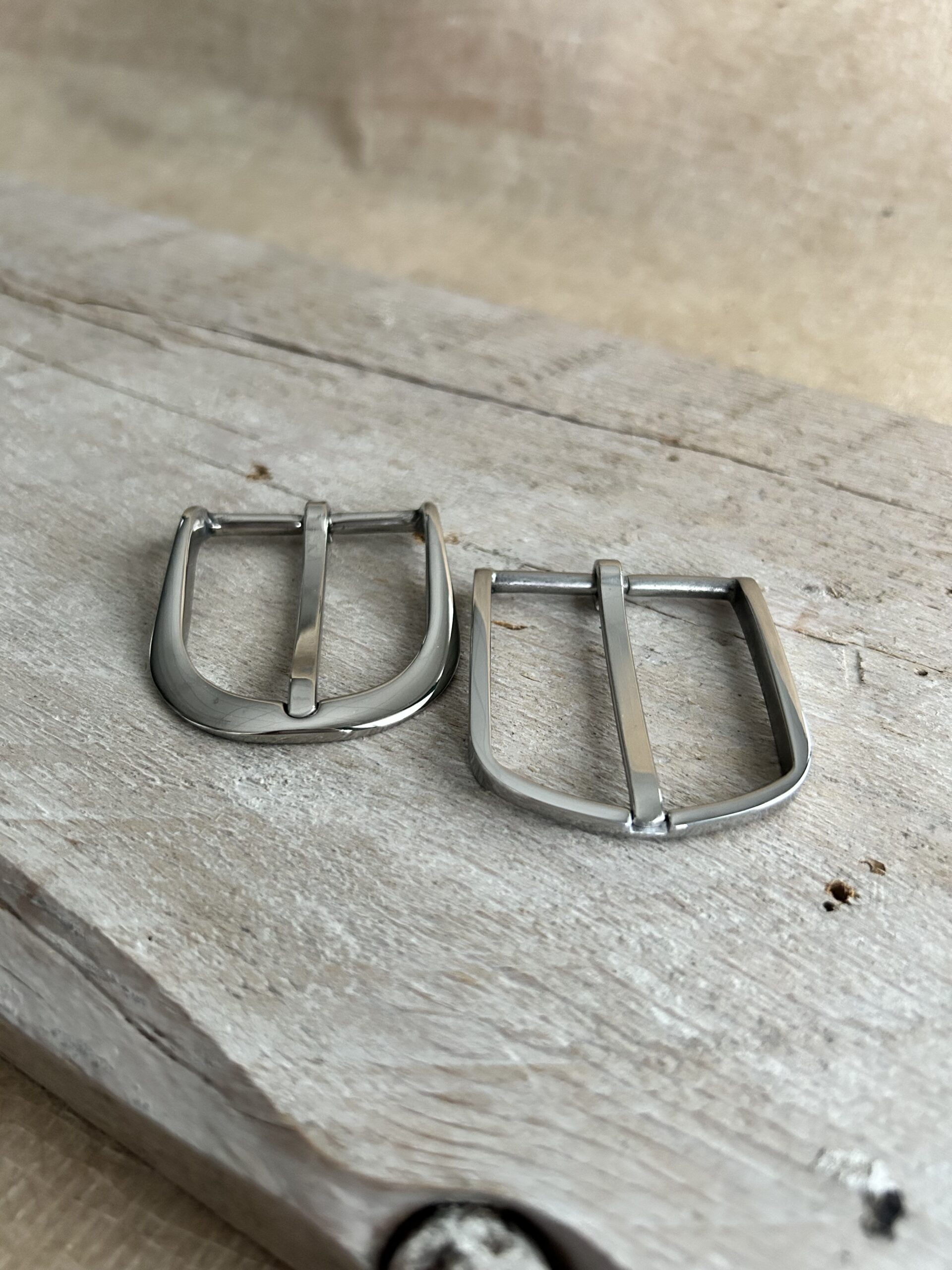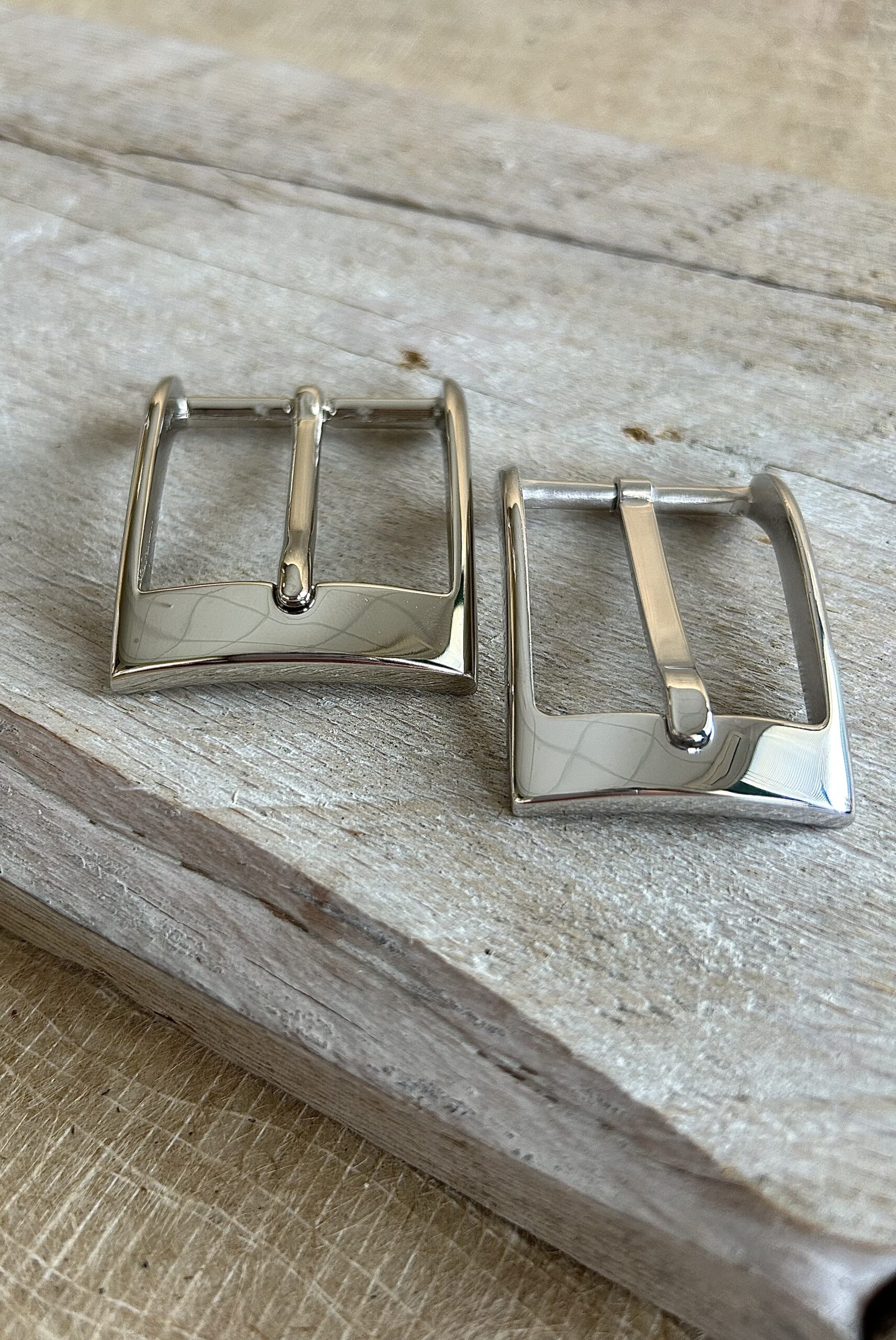Introduction
Buckles are a ubiquitous component found in various types of clothing, accessories, and more. But have you ever stopped to consider what buckles really are, their purpose, or how they came into existence? In this detailed exploration, we dive into the world of buckles, uncovering their definition, meaning, the process of their creation, the materials used in their manufacture, their origins, and where they are produced today.
What is a Buckle?
A buckle is a clasp or fastener, typically made from metal or plastic, used to join two ends of a strap or belt. It consists of a frame and a prong that allows adjustment and securing of the strap’s length according to the user’s needs. Buckles are most commonly used on belts, shoes, luggage, watches, and other items of apparel to provide a secure fit and to adjust the tightness and size.
Buckles Definition
The term “buckle” originates from the French word “boucle”, which derives from the Latin “buccula” (meaning “cheek-strap,” as of a helmet). A buckle’s basic function is to fasten two loose ends; however, it also plays a significant role in fashion and utility in various gear and garments.
Buckles meaning
Beyond their functional role, buckles carry a significant aesthetic value. They often reflect fashion trends and are made with various designs to complement different styles and preferences. Historically, buckles have also served as a status symbol. In ancient times, ornate buckles made of precious metals and jewels were indicative of a person’s social status and wealth.
How Belt Buckles Are Made
The production of belt buckles involves several intricate steps. Initially, the design is conceptualized and sketched. Once finalized, a mold is created to cast the buckle in the chosen material, typically metal.
The most common metals used are:
These materials are melted and poured into the mold, where they solidify into the shape of the buckle. After casting, the buckles undergo various finishing processes such as polishing, painting, or plating to enhance their appearance and durability.
What are belt buckles made of?
Belt buckles are made from a wide range of materials, depending on their intended use and desired aesthetic. Metals like brass, steel, and silver are popular for their durability and ease of molding into intricate shapes. Plastic buckles are commonly used for lightweight or temporary applications. Luxury buckles may incorporate precious metals and stones for an added element of luxury and fine craftsmanship.
When were buckles invented?
The invention of the buckle dates back to the Iron Age, with the earliest evidence around 200 B.C. It was during this time that buckles began to appear in military gear and horse harnesses across various civilizations. The Romans were particularly noted for their use of buckles, which were functional as well as decorative.
Who invented buckles
It is difficult to attribute the invention of the buckle to a single individual. Buckles evolved over centuries across various cultures. As tools and metalworking techniques advanced, so did the design and functionality of buckles. They transitioned from simple fasteners to more complex designs incorporating springs and bars in the Medieval period.
Conclusion
Buckles, though small and often overlooked, play a vital role in modern apparel and hold a rich history worth appreciating. From their humble beginnings as practical tools in ancient times to their place in today’s fashion world as both utilitarian devices and fashion statements, buckles continue to be an integral part of our daily attire. Whether made in artisan workshops in Italy or mass-produced in industrial factories around the world, each buckle tells a story of cultural heritage, innovation, and style.




